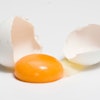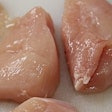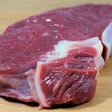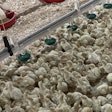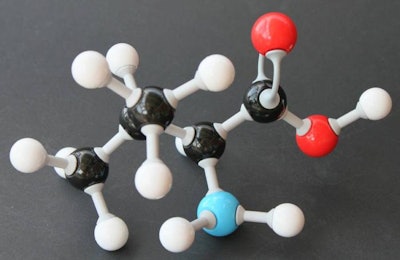
Evonik has launched a product, ValAMINO, which contains L-valine, the fifth essential amino acid for animal nutrition in the company’s portfolio. Supplementing swine and poultry feed with amino acids makes feeds more efficient and sustainable, according to Evonik.
Valine is needed for protein biosynthesis in animals and forms part of all important proteins. The low valine content of plant-based raw feed materials frequently limits the utilization of other protein building blocks.
“Valine becomes the fifth limiting amino acid after lysine, threonine, methionine and tryptophan in typical diets for pigs,” Michael Klas, head of communications at Evonik, told WATTAgNet in an email. “In broilers, valine is usually the fourth limiting after methionine, lysine and threonine in vegetable diets and fourth co-limiting with isoleucine or fifth limiting after isoleucine when animal by-products are used.
“Without adequate levels of these amino acids, commercial farming cannot reach maximum profitability,” Klas said.
WATTAgNet Nutrition Editor Ioannis Mavromichalis explained the chemistry of amino acids versus crude protein in a blog. Protein in feeds and lean tissue is composed of amino acids. Some of them cannot be recycled from others and as such they must be consumed through feed. These are the “essential” amino acids, among which lysine is usually the most deficient in feeds (relatively to requirements) for pigs, and methionine for poultry. Hence, these two are called first limiting amino acids in such feeds.
The addition of valine, along with methionine, lysine, threonine and tryptophan, allows farmers to further reduce crude protein content of feed without any loss of animal growth performance. This results in lower feed costs and conserves natural resources in agricultural feed production, which in turn reduces land use, greenhouse gas emissions, and potential eutrophication and acidification. In this manner, targeted amino acid supplementation contributes to the sustainable supply of animal protein for a growing world population.
“Since nitrogen reduction gets more and more public attention and farming is reported as one of the main producers of nitrogen emission especially into soil and subsequently to the ground water, the effort to reduce nitrogen excretion in livestock is increasing,” said Klas. “This can be achieved by the reduction of nitrogen in the diets, which is in excess to protein deposition of the animal.
“The supplementation of ValAMINO leads to an improvement of [the equivalent of] 405.7 kilograms of carbon dioxide per metric ton greenhouse gas emissions,” Klas said.
In addition to reducing environmental effects, valine supplementation can reduce feed costs. Evonik’s dry valine powder is added to other feed components at a rate of 500 grams to 2 kilograms per metric ton of feed. Although the cost saving depend on ingredient prices, Klas said that based on least cost formulation carried out with average ingredient prices in 2014-15 a farmer can achieve EUR3-4 (US$3.33-4.45) per metric ton of savings in broiler feed and EUR1.5-3.5 (US$1.67-3.89) of savings in piglets.

